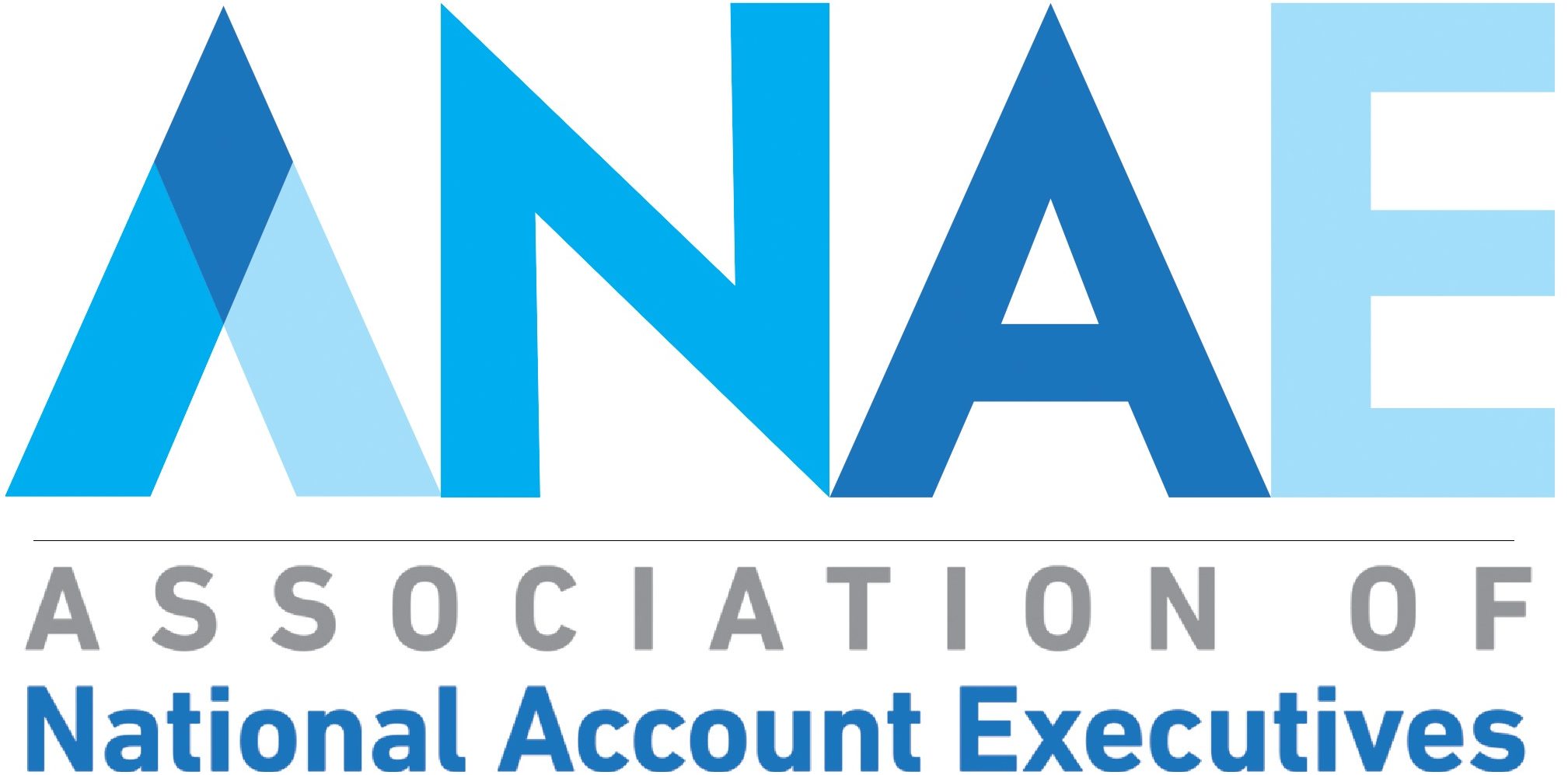Regional Purchasing Coalitions (RPCs), also known as regional purchasing groups, are the cutting edge of supply chain model – arguably the only “true new thing” around. In only a short time, these groups have popped up in all over the country; the MAX puts their number somewhere around 200!
RPCs frequently have hospitals and health systems working with former perceived competitors. Each RPC is highly unique, operating under myriad governance and membership structures and offering a unique blend of benefits (services, thought leadership, etc.) to their members. Ultimately however, the main goal of all RPCs is to grow purchasing power.
The majority of RPCs use a GPO for their contracting know-how, in order to add value to their members. VHA’s West Coast Purchasing Coalition, for example, uses, and largely relies on, Novation LLC. An article published in the March 2014 edition of The Journal of Healthcare Contracting spoke with Peggy Jenkins, senior director of supply networks, PhD, RN, VHA, and Bob Hemker, CFO, Palomar Health, about West Coast Purchasing Coalition. Jenkins and Hemker said that, “More than 95 percent of the time, the coalition contracts with Novation contract suppliers. But, when the value is not great enough from these contracts, the coalition can extend an invitation to [non-Novation suppliers]. However, this doesn’t happen very often.”
However, RPCs offer some advantages that members cannot necessarily get through exclusively using a national buying group. These advantages include:
– The ability to deliver committed compliance.
– A nimbleness and flexibility that is needed in a market undergoing rapid change.
– A smaller size, which can make it easier to drive compliance.
– Enhanced services, which they can provide at a local level.
– A proximity to their end customers, which allows for a better understanding of customer’s needs and makes face-to-face relationships easier, regardless of their size or location.
For many RPCs, those advantages are paying off. One great example is Texas-based TPC. Rob Addison, vice president, TPC, told The Journal of Healthcare Contracting that the coalition’s members even experienced many advantages they didn’t originally expect. “One clear advantage that has exceeded member expectations is our three-year savings target. Our members made a significant move in late 2009, when we put our preferred group purchasing organization of 20-plus years out to a collective bid and selected MedAssets as our new performance-improvement partner. Our three-year agreement with MedAssets included a $50 million annualized savings guarantee, based on approximately $850 million in supply spend Our coalition members, working together in a collaborative and committed fashion, have realized over $90 million in annualized savings in a three-year period.”
TPC isn’t alone in realizing big gains for its members. The membership of Health Enterprises Cooperative (HEc) of Cedar Rapids, Iowa comprises both large and small hospitals, as well as a wide range of affiliates. Being a part of this RPC has allowed those members to leverage its buying power to great effect. In an interview appearing in the June 2014 issue of The Journal of Healthcare Contracting, Jeanie Brown, VP of HEc, said “In total, we bring together $235 million of contract spend, and without fail, everyone benefits when we aggregate our purchasing volume. For instance, a group of long-term-care facilities saved over $145,000 by accessing our sole-source award for automated medication dispensing cabinets. And it’s not unusual for the addition of a new member or affiliate to give us the volume for the entire group to move to a better price tier.”
We all know this is a time of great changes in the industry. We have seen hospital and system consolidation, physician practice acquisition and reimbursement reform. These are big dynamic market changes, but the continued development of RPCs is the one change that can truly be fruitful for the supplier community. While GPOs stay firmly entrenched in contracting for RPCs, the supplier gets to the table with the stakeholder that can actually commit to contract compliance.
I hope you enjoyed this contribution, and would love to hear your thoughts on RPCs.
